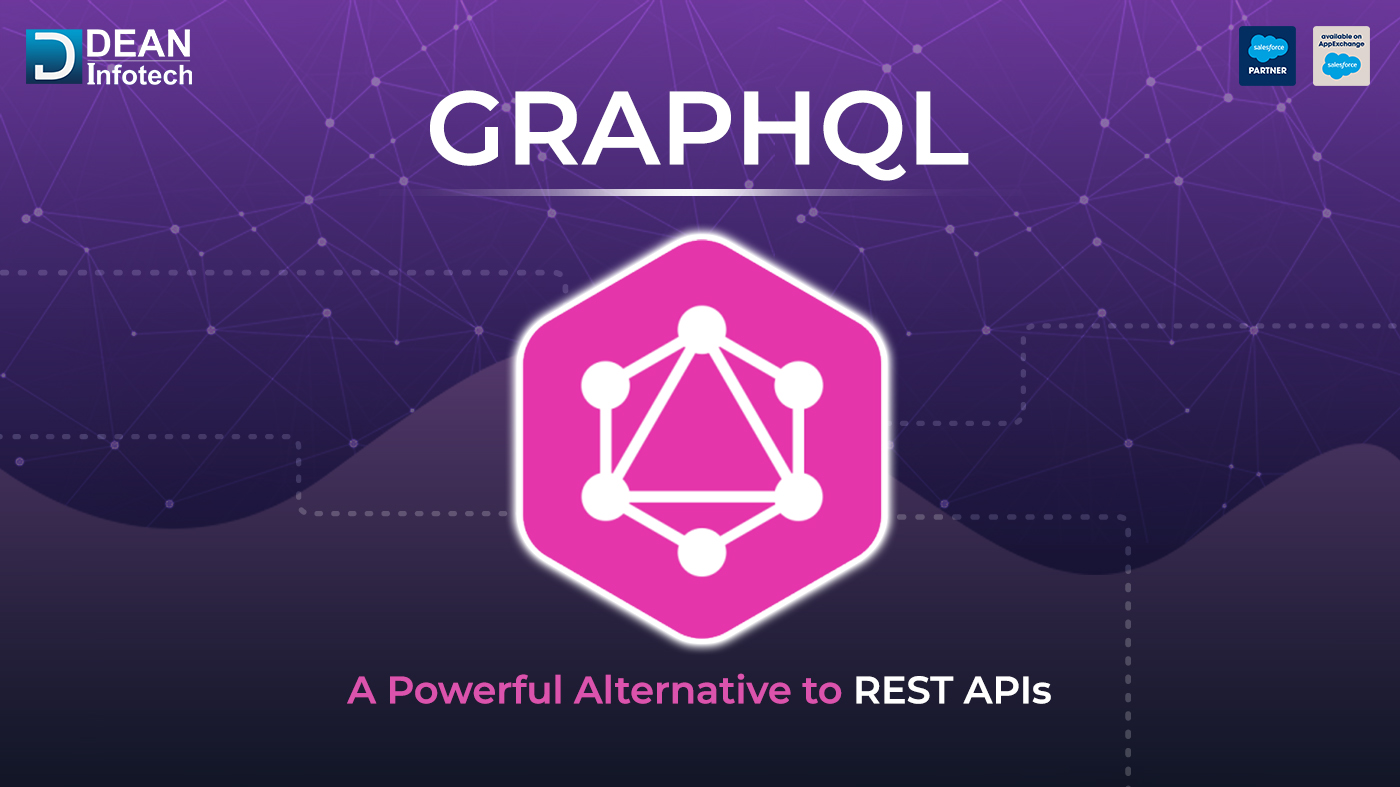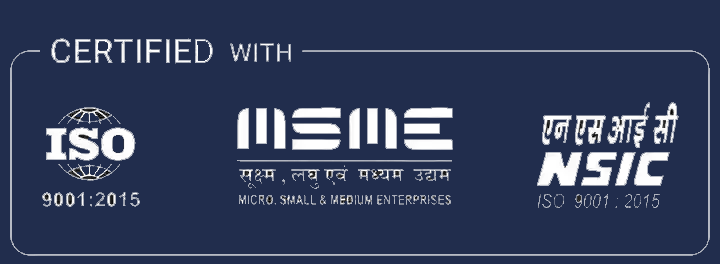GraphQL: A Powerful Alternative to REST APIs
 Dean Infotech Wednesday, December 13, 2023
Dean Infotech Wednesday, December 13, 2023
In the rapidly evolving landscape of web development, efficient communication between client and server is crucial. Traditional REST APIs have long been the standard for this purpose. However, in recent years, a new player has emerged on the scene—GraphQL. This query language for APIs offers a fresh perspective and a more flexible approach to data retrieval.
In this blog post, we'll explore the fundamental differences between GraphQL and REST, highlighting the advantages of the former and its real-world applications.
Introduction to REST APIs
Representational State Transfer (REST) has been the go-to architectural style for designing networked applications. REST APIs use a set of standardized principles, such as statelessness and resource-based URLs, to facilitate communication between clients and servers.
While REST has served developers well, it comes with some limitations, such as over-fetching or under-fetching of data and the need for multiple requests to different endpoints.
Introduction to GraphQL
GraphQL, developed by Facebook in 2012 and later open-sourced, is a query language and runtime for APIs. Unlike REST, GraphQL allows clients to request only the data they need and nothing more. The client specifies the structure of the response, enabling a more efficient and concise data exchange. GraphQL uses a single endpoint for all interactions, simplifying the communication process.
GraphQL shines with its declarative data-fetching. Clients specify the exact data structure they require, eliminating the need for multiple, potentially redundant REST calls. This single-request approach not only reduces network traffic but also simplifies development by ensuring all necessary data is retrieved in one step. Furthermore, GraphQL leverages a powerful schema system, providing self-documentation and ensuring data consistency. This feature enhances the development workflow, making it easier to understand and utilize the available API operations.
Top Advantages of GraphQL over REST APIs
1. Flexible Data Retrieval
One of the key advantages of GraphQL is its ability to provide clients with precisely the data they request. With REST, developers often face the problem of over-fetching or under-fetching data, leading to either wasted resources or inadequate information. GraphQL eliminates this issue by allowing clients to define the shape and structure of the response, resulting in more efficient data retrieval.
2. Reduced Number of Requests
In a RESTful architecture, clients often need to make multiple requests to different endpoints to gather all the required data. GraphQL, on the other hand, consolidates these requests into a single endpoint. This not only simplifies the communication process but also reduces the overall latency of the application.
3. Strong Typing System
GraphQL boasts a strong typing system that enables developers to define the shape of the data and its types. This helps catch errors at compile time rather than runtime, providing a more robust development experience. With REST, the lack of a standardized schema can lead to runtime errors that are harder to identify and debug.
4. Real-time Data with Subscriptions
GraphQL supports real-time data updates through subscriptions. This feature allows clients to receive real-time updates when data changes on the server, enhancing the user experience for applications that require live updates. REST, in contrast, typically relies on polling or other workarounds for achieving real-time functionality.
5. Versioning and Evolution
Versioning is a common challenge in API development. GraphQL handles versioning more gracefully than REST by allowing clients to request only the fields they need. This decouples the client and server, making it easier to introduce changes without breaking existing clients. In REST, versioning often involves creating new endpoints or modifying existing ones, leading to more complex maintenance.
GraphQL vs. REST: Comparison
Let's delve deeper into the specific differences between GraphQL and REST to better understand their strengths and weaknesses.
1. Data Fetching
GraphQL enables clients to request specific data, reducing over-fetching and under-fetching. In contrast, REST APIs may return more data than needed, resulting in wasted bandwidth.
2. Single Endpoints vs. Multiple Endpoints
GraphQL consolidates all requests into a single endpoint, simplifying the architecture. REST often requires multiple endpoints, leading to a more complex structure.
3. Versioning
GraphQL's flexible nature reduces the need for versioning, making it easier to evolve APIs. REST often relies on versioning, requiring careful planning and potentially breaking existing clients during updates.
4. Discoverability
REST APIs are self-descriptive, making them easier to discover and navigate. GraphQL, lacking a standardized discoverability mechanism, may be less intuitive for developers unfamiliar with the schema.
5. Tooling and Ecosystem
REST has a mature and extensive tooling ecosystem. GraphQL, while rapidly growing, may have fewer tools available, although this gap is narrowing as its popularity increases.
GraphQL in Real-world Applications
GraphQL has transitioned from being a promising technology to a cornerstone in modern web development, gaining significant traction in real-world applications across diverse industries. Its versatility and efficiency have prompted major companies to adopt it as their preferred API technology. Let's explore how GraphQL has made a substantial impact in real-world scenarios:
1. GitHub's Migration to GraphQL
GitHub, a premier platform for version control, transitioned from the RESTful API to GraphQL for efficient data retrieval. This change allowed API consumers to request specific data, eliminating over-fetching or under-fetching issues. The shift enhanced the developer experience and performance, highlighting GraphQL's effectiveness for high-traffic platforms.
2. Shopify's Adoption of GraphQL for Flexibility
Shopify, a leading e-commerce platform, adopted GraphQL to tackle challenges posed by dynamic e-commerce data. With a variety of product information, GraphQL's flexibility enables tailored data requests, which is crucial for Shopify's growth. This adaptability empowers developers to efficiently manage product information without constraints from rigid API structures, enhancing overall performance.
3. Twitter's Implementation for Tweet Engagements
Twitter, a social media giant, boosted its real-time user experience by integrating GraphQL. The crucial feature of GraphQL supporting real-time updates through subscriptions allowed Twitter to instantly notify users about new tweets, comments, or likes. This enhanced responsiveness has substantially elevated user engagement, demonstrating GraphQL's ability to enhance real-time application interactivity.
Conclusion
In the tug-of-war between GraphQL and REST, the right choice depends on the specific requirements of a project. While REST remains a solid and well-established option, GraphQL offers a more flexible and efficient approach to data retrieval. As the development community continues to explore and refine these technologies, the choice between them will likely be dictated by factors such as project complexity, data structure, and the need for real-time updates. Whether you choose the simplicity of REST or the flexibility of GraphQL, both play crucial roles in shaping the future of web development.








Comment